
Social media is a powerful tool for insurance companies to connect with their customers, prospects, and communities. It can help them build awareness, trust, credibility, and loyalty, as well as generate leads and sales. However, social media marketing for insurance also comes with some challenges, such as compliance, content creation, and engagement.
Understanding your target audience is crucial for effective social media marketing. By identifying the specific demographics you want to reach, such as age, location, or interests, you can tailor your content to resonate more deeply with them. Regularly revisiting and refining your audience strategy ensures you’re not missing out on potential market segments or wasting efforts on outdated tactics (SocMed Mgmt Dashboard).
Setting clear objectives for your social media activities is essential. Whether your aim is to generate leads, increase sales, or build community and showcase your company culture, each goal will dictate the type of content you create and the platforms you choose. With the evolution of social media, it’s crucial to stay adaptable to platform changes and audience behaviors (SocMed Mgmt Dashboard) (GoodFirms).
Choosing the right platforms is key to maximizing your social media efforts. While traditional platforms like Facebook and LinkedIn remain valuable, especially for connecting with specific demographics and professional audiences, newer platforms like Instagram and TikTok offer fresh ways to engage through visual content and short-form videos. These platforms are particularly effective for building relationships and brand identity due to their high engagement rates (SocMed Mgmt Dashboard) (Digital Agency Network).

Content that educates and engages without hard-selling tends to perform best. Utilizing formats like infographics, educational videos, and interactive posts can help convey your messages effectively. Additionally, embracing trends such as short-form video content can significantly enhance your visibility and engagement on platforms like Instagram and TikTok (SocMed Mgmt Dashboard).
Effective social media management involves being consistent across all platforms while adapting the content to suit the unique audience and style of each. Using tools like Hootsuite can help manage posts and interactions across different platforms, ensuring a unified and efficient social media strategy (SocMed Mgmt Dashboard) (GoodFirms).
By focusing on these strategies, insurance agencies can enhance their social media presence, better connect with their audience, and achieve their marketing goals more effectively.

Social media is a crucial tool for building brand awareness, providing opportunities to engage with your audience in a way that’s both impactful and cost-effective. By understanding and leveraging the preferences of your target demographic, you can create content that not only resonates but also increases trust and loyalty among consumers. Research underscores the importance of trust, revealing that 80% of consumers consider it a deciding factor in their purchasing decisions (Socialinsider).
Recent findings highlight the growing importance of social media in marketing strategies. The use of AI in content creation is becoming increasingly common, helping businesses overcome challenges like maintaining a steady flow of engaging content (HubSpot Blog). Additionally, as platforms like Instagram and TikTok continue to integrate shopping features, they are becoming essential for directly driving sales from social media interactions (HubSpot Blog).
As you plan your social media strategy, consider these emerging trends and how they might impact your approach. Staying informed and adaptable will help you maintain a competitive edge in the fast-evolving digital landscape (Theseus).
In conclusion, effectively utilizing social media involves more than just regular posts; it requires a strategic approach informed by data, an understanding of your audience, and the flexibility to adapt to changing trends. By focusing on these areas, your company can enhance its brand presence and achieve significant growth in brand awareness and customer engagement.
According to recent studies, there are 2.91 billion active users on Facebook. The largest age group on the platform is between 25 and 34, spending an average of 33 minutes a day on the app. Contrary to popular belief, Facebook is still the largest platform, but their time spent on the app has decreased from 38 minutes per day, and their growth rate has slowed in recent years. The most engaging Facebook content combines text and images, with video content driving more engagement than static images alone.
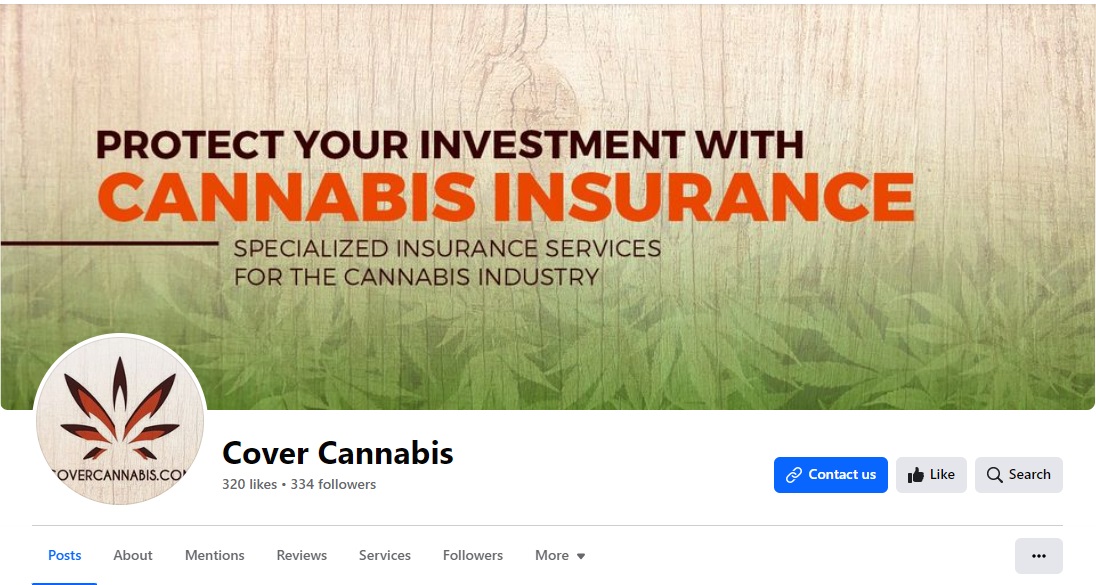
According to 2022 studies, there are 810 million active users on LinkedIn. The largest age group on the platform is between 25 and 34. While this has historically been a platform for older generations, it is starting to move toward millennials, likely following the demographic as they grow to take on a larger portion of the job market. This is a great platform for B2B and has the ability to find highly targeted audiences when working with paid ads.
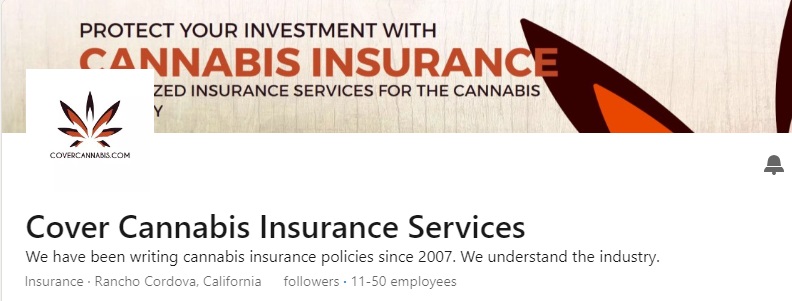
This platform is catching up without making much of a splash in the media, keeping a firm hold on Gen Z and Millennials. Platform changes are leaning more heavily towards video to combat the number of users flocking to TikTok, and the platform is holding strong. 2022 studies show that there are 2 billion active users on Facebook. The largest age group on the platform is between 25 and 34 and the next largest being 18-24, only lower than the largest age group by .2 percent. Instagram is a smart choice for insurance brokers wishing to engage with their clients because it uses image and video-based material, both of which are strong contenders for audience attention.
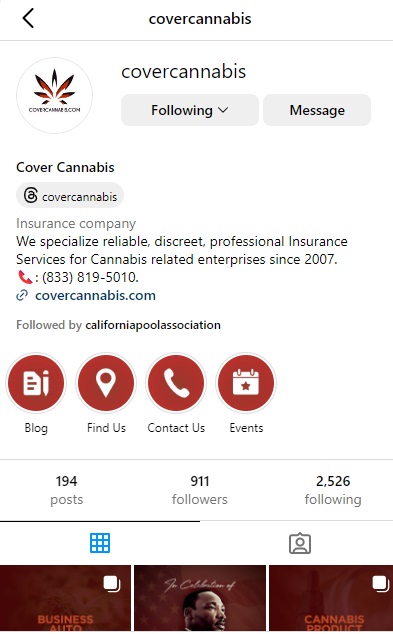
Twitter has experienced some good growth recently, but studies indicate that this platform is in for a big dip over the next couple of years. Advertising on this platform isn’t always the pinnacle of ad performance, but rather makes for a great platform to have discussions and even provide customer service. 2022 studies show 211 million active users with the largest age group being between 18 and 29 with a highly male identifying audience, and average time spent at 31 minutes per day. Being current is essential for using this platform because it has a quick turnover.
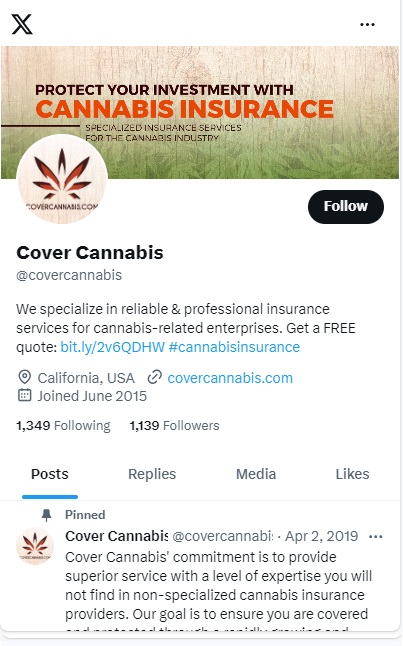
This platform is trending younger showing the push for video content on the rise, with an average time spent per session of about 30 minutes. This makes sense with the trend of longer videos taking hold of audience attention. With the rise of streaming, this is a prime place to put your ad dollars if you are looking to budget for some ad spend. Studies show over 2 billion active users with the largest age group between 15 and 35 in 2022. Although it is still largely entertainment based instead of brand based, depending on your strategy this can be used to your advantage. A powerful video-based platform worth investing in is YouTube. Your videos can be connected to other social media sites, where they frequently perform better than other types of material, which is a fantastic feature of using YouTube.
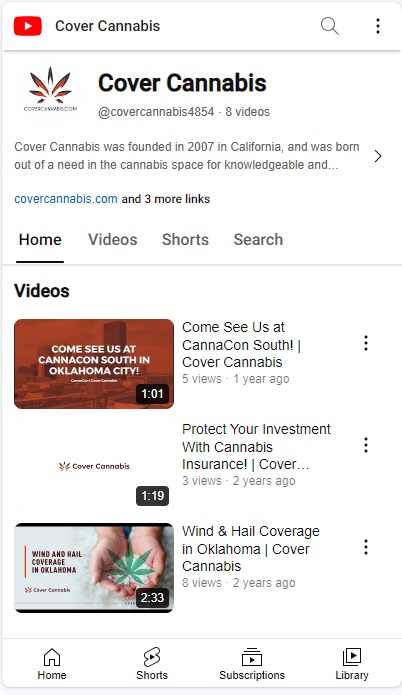
With a booming user base that is continually growing within older age groups and a highly direct influence on those users to buy into a product or service, this platform should not be discounted, but it does require a different approach to social media strategy. According to studies from 2022, there are 1 billion active users with the largest age group being between 10 and 19, with a higher percentage of female identifying users. TikTok is a brand-new, rapidly expanding social media network that enables you to regularly post brief video content for your customers. To create material, you don’t need to be a computer expert thanks to integrated video editing tools.
Some of the best examples of social media usage in the insurance industry are:
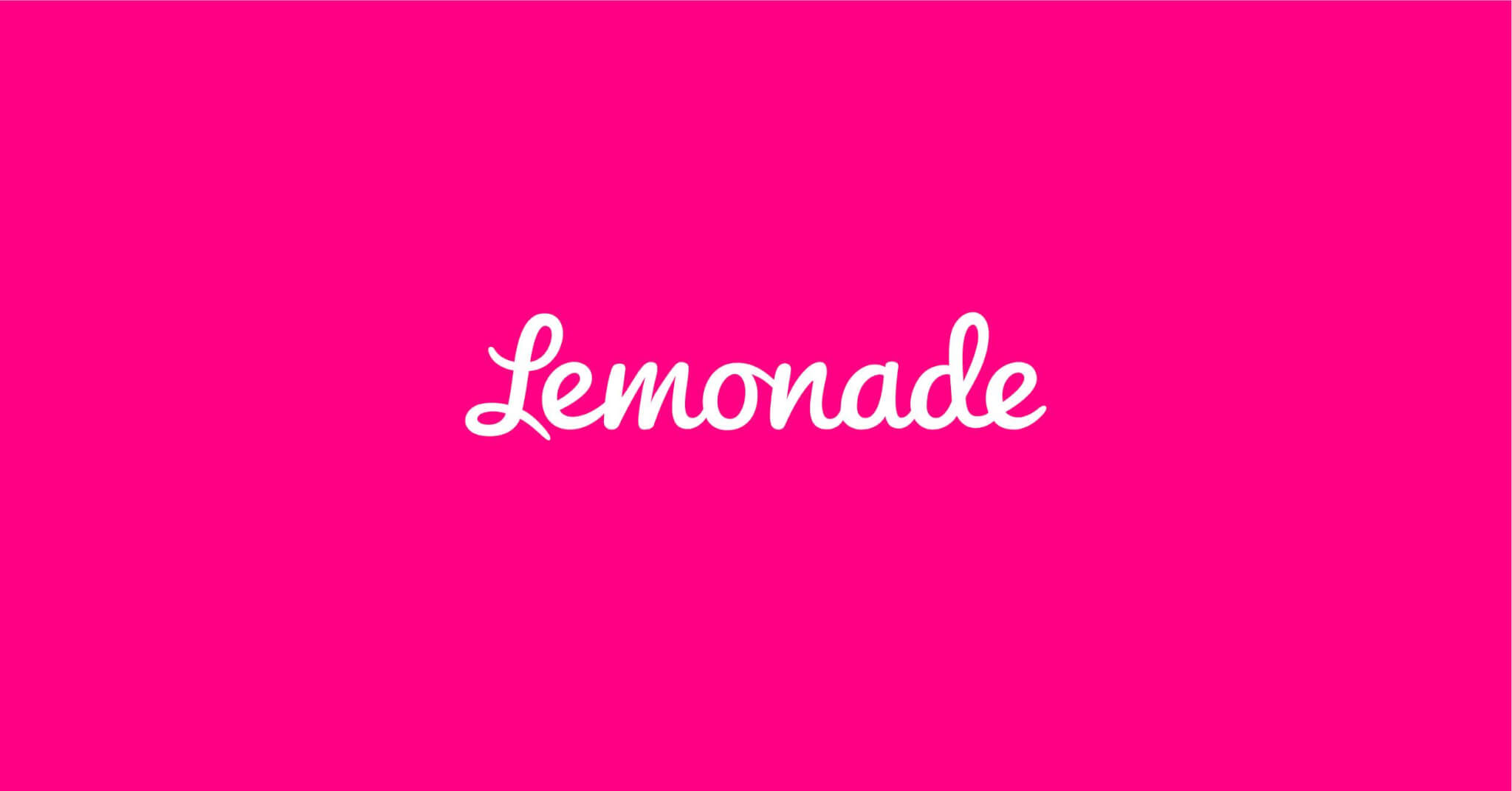


The insurance industry is already hectic, so you don’t want to be spinning your wheels on social media. When it comes down to it, using social media for community building may not cost money, but it does cost time. We’ll look at some of the ways you can optimize your use of social media to help reach your insurance company’s goals.
Here are some examples of successful insurance companies leveraging social media:
Remember that insurance social media marketing presents unique challenges due to industry-specific regulations and the need to address consumer concerns. Building trust and credibility through authentic communication is crucial in this digital landscape1.


Business Development Manager
Kelly Wade is a Business Development Manager at Staff Boom. With a bachelor’s degree in business from Azusa Pacific University and a cosmetology license, Kelly brings a unique blend of expertise to her role. Since joining in 2018, Kelly has played a vital role in the company’s growth by bringing in new clients and fostering strong, lasting relationships with them. She takes great pride in her ability to find innovative solutions that truly benefit customers, and her genuine care for people shines through in every interaction. While she decided to leave her cosmetology practice behind to pursue a career in sales, she still finds joy in occasionally using her hair styling skills on a smaller scale.
Outside of work, Kelly embraces her role as a proud wife and mother. Her daughter keeps her busy with a wide range of activities, and Kelly strives to balance her professional and personal life to ensure quality time with her family. As a passionate sports fan, particularly when it comes to football (Go Saints!), she knows how to bring that same enthusiasm and dedication to her work and personal interests.
